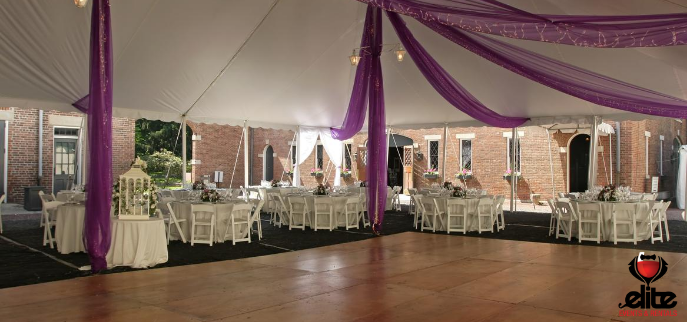Illuminating Ingenuity With Color Principles in Light Emitting Diode Dance Surface Creations
Illuminating Ingenuity With Color Principles in Light Emitting Diode Dance Surface Creations
Blog Article
Color concept represents an important element of design, particularly as it comes to designing LED dance floors. The interplay of colors can significantly influence the atmosphere and vibe of a space. By grasping how colors work together, designers can craft an ambiance that enhances the total experience for participants. This article explores the basics of color principles and its application in LED dancing floor layouts.
The primary colors are red, blue, and yellow. These hues cannot be created by blending different hues combined. Intermediate hues, such as emerald, tangerine, and violet, are formed by mixing primary colors. Tertiary colors are formed by mixing a primary color with a secondary color. Grasping these fundamental relationships helps creators choose colors that complement one another and create a visually appealing show. Mixing these hues on an LED dancing surface can result to vibrant and exciting effects that capture the attention of participants.
Hue value also plays a crucial role in design. Hues can be classified as hot or chill. Warm colors, such as red, orange, and yellow, tend to elicit emotions of enthusiasm and warmth. In contrast, cool hues like azure, emerald, and purple often create a serene and tranquil environment. Creators can use these color temperatures to set the mood for various kinds of occasions. For instance, a party atmosphere may gain from hot hues that energize the crowd, while a more calm occasion might employ cool colors to provide a soothing effect.
In furthermore to hue pairings and temperature, brightness and saturation are essential factors to take into account. Brightness helpful hints refers to how light or dim a hue looks, while intensity measures the intensity of a hue. Vivid, saturated colors can create a vibrant and article energetic atmosphere, perfect for dance surfaces. On the contrary hand, gentler, less saturated colors can generate a further subdued atmosphere. Through adjusting brightness and saturation, creators can attract attention to specific areas of the dancing surface or create visual routes, leading dancers through the space.
Ultimately, it is essential to consider the emotional effects of hue in LED dancing surface designs. Various hues can evoke various feelings and reactions. For example, red is often linked with zeal and energy, while blue can be soothing and tranquil. Understanding these associations enables creators to strategically use hues to affect the behavior of dancers. Through integrating color theory into light-emitting diode dancing surface designs, creators can enhance the overall experience, making it unforgettable and pleasurable for all involved.